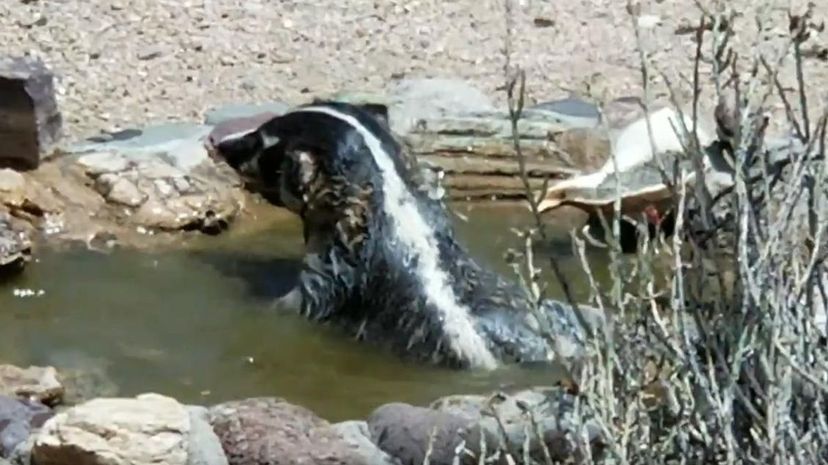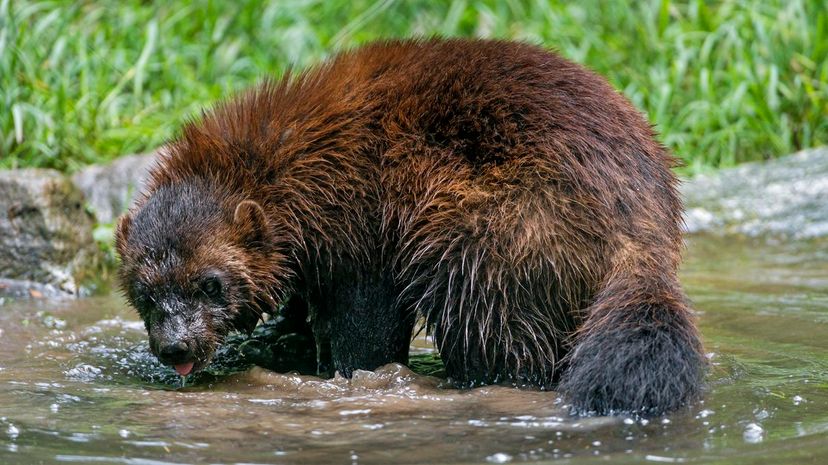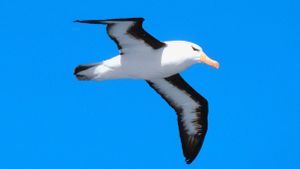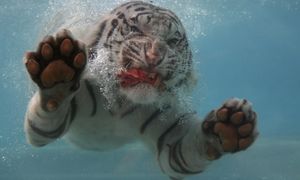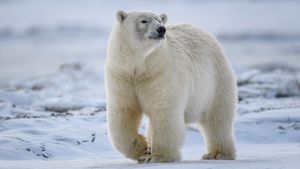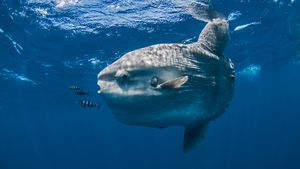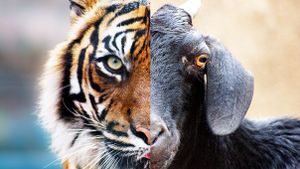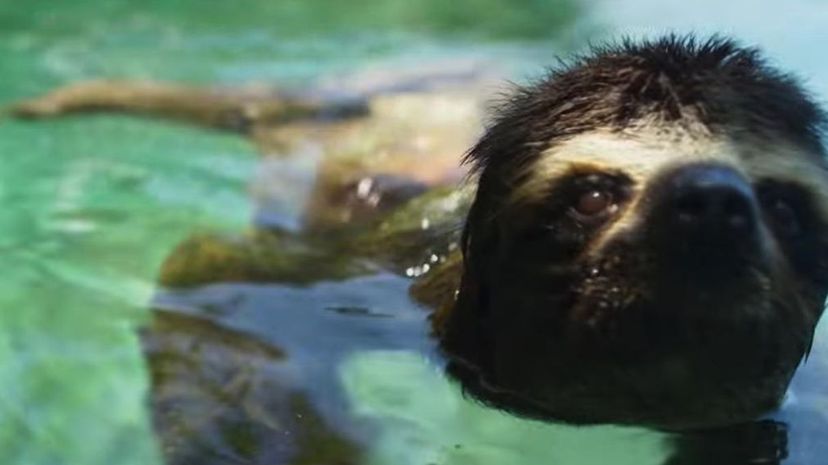
About This Quiz
Most land animals can swim, but some of them don't like it! It's necessary sometimes, though. Whether the heat is demanding a furry animal take a dip to cool off or they need to travel to find food, land animals will dive in and get wet just like us humans! Do you think you can identify them by looking at a photo of them while they're swimming?
Seeing land animals out of their natural habitat might feel a little strange - just imagine how a koala feels when it has to stop munching bamboo and find a waterhole! Nonetheless, we think you'll be able to identify these land-loving, cave-dwelling, tree-hugging animals in the water without much of a problem. While we haven't gone to the extreme of making your pick out a bunch of animals you never knew existed, you'll have a great time figuring out which animal you see when it's wet.
Dive in at your own pace, and study the photo you see. Once you're sure you know which animal you see, choose it from the list we've given you. You don't need to be a zoologist, but you will have to use your common sense. We know you can do it! Will you correctly identify all 40 of them?
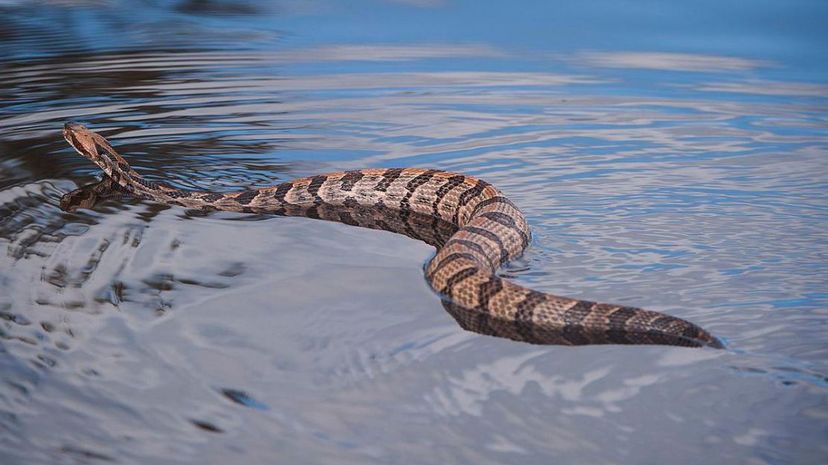
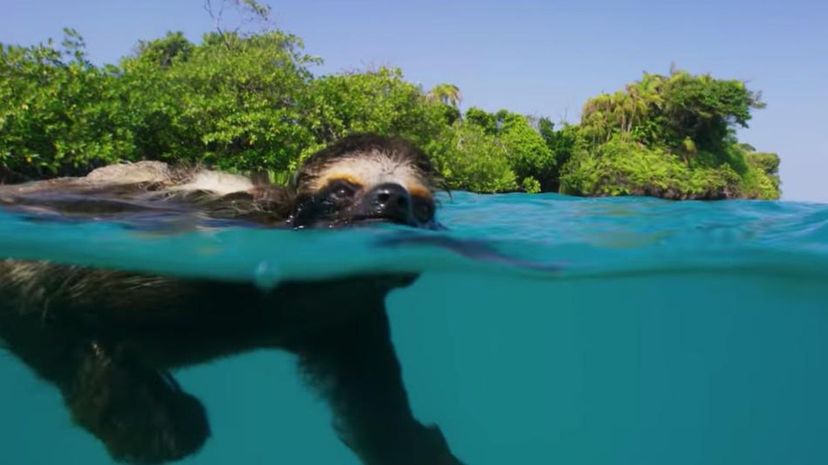
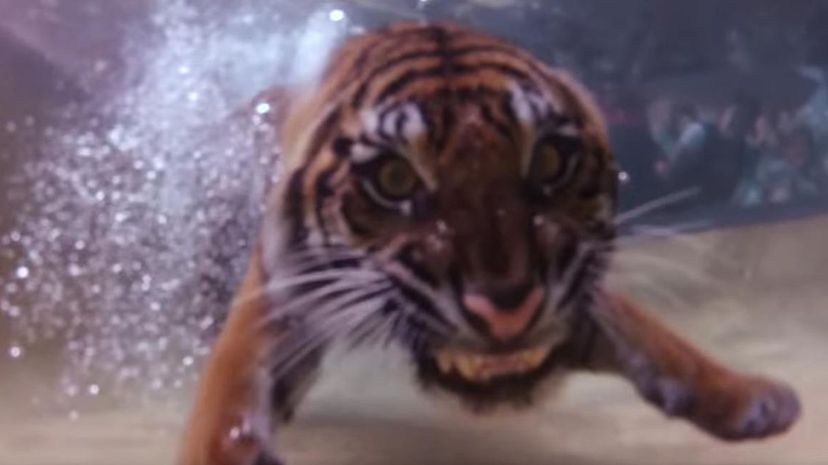
Advertisement
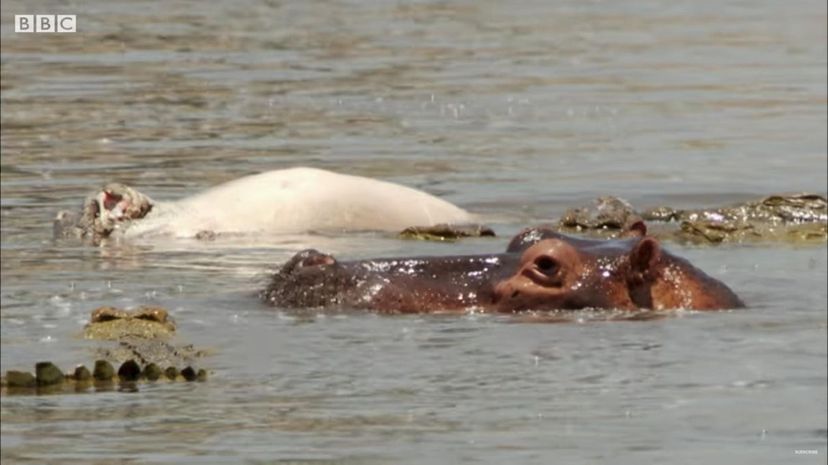
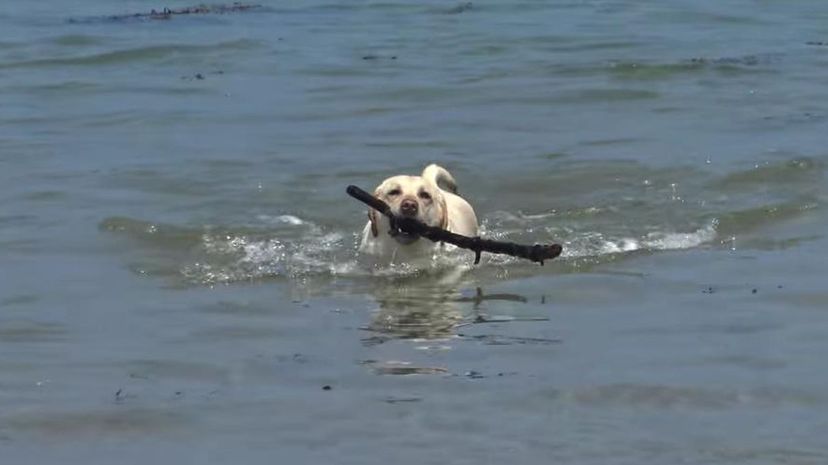

Advertisement
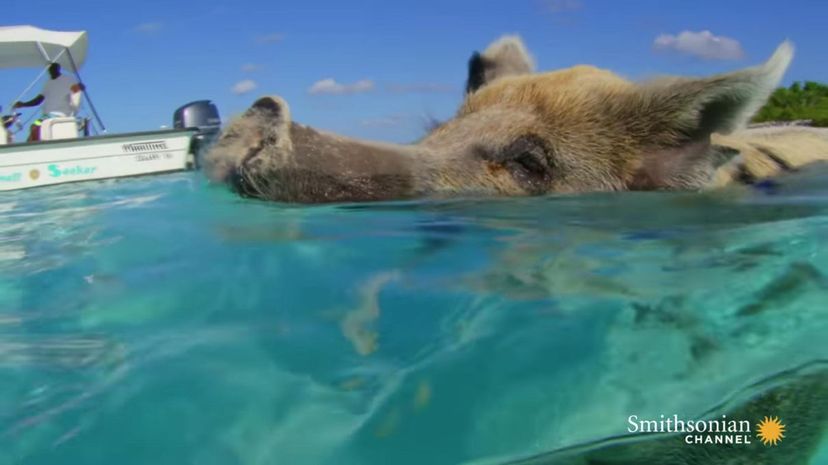
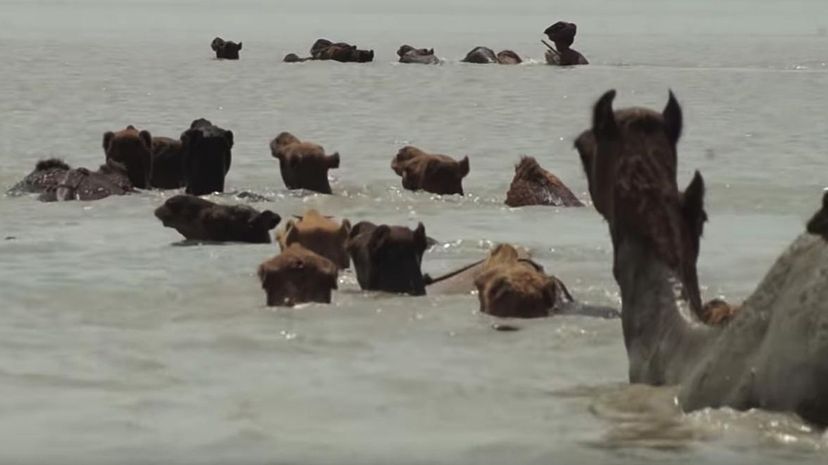
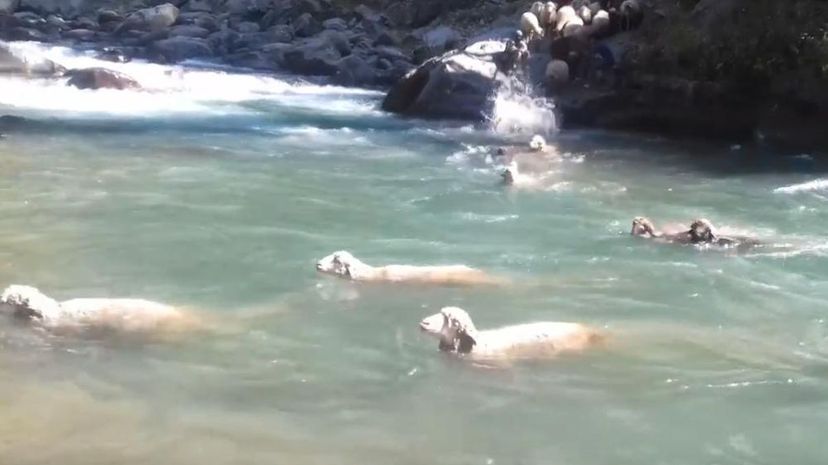
Advertisement
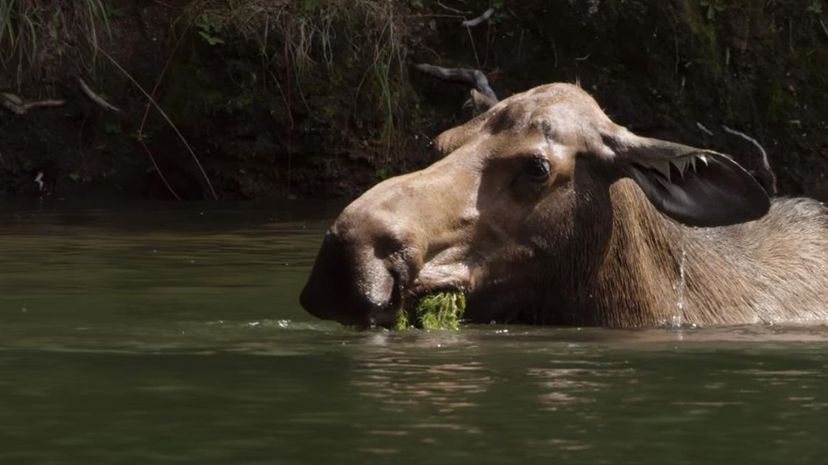
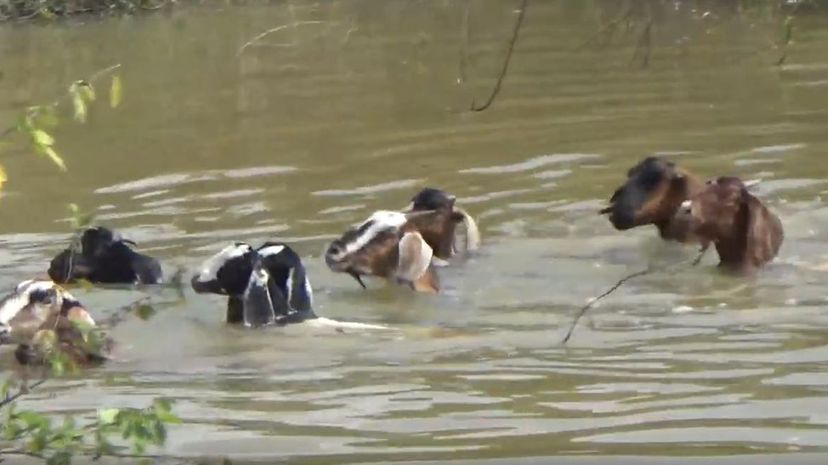
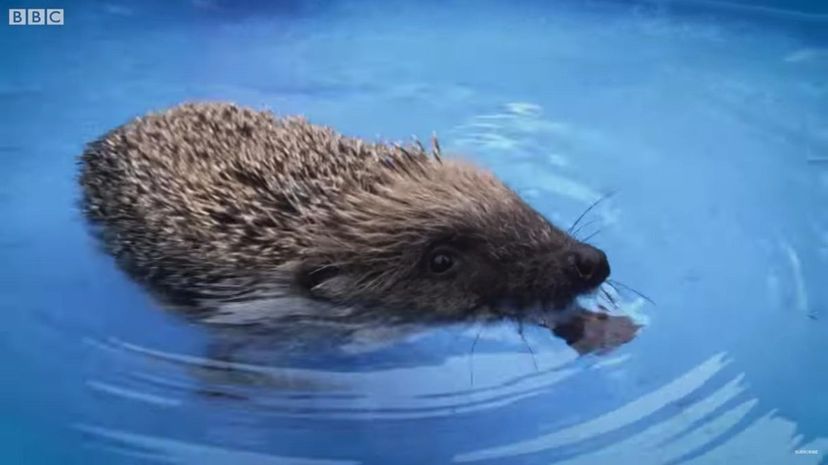
Advertisement
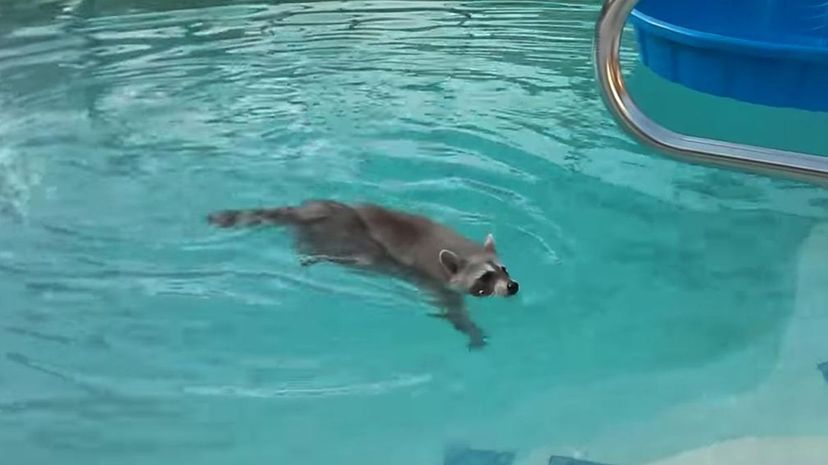

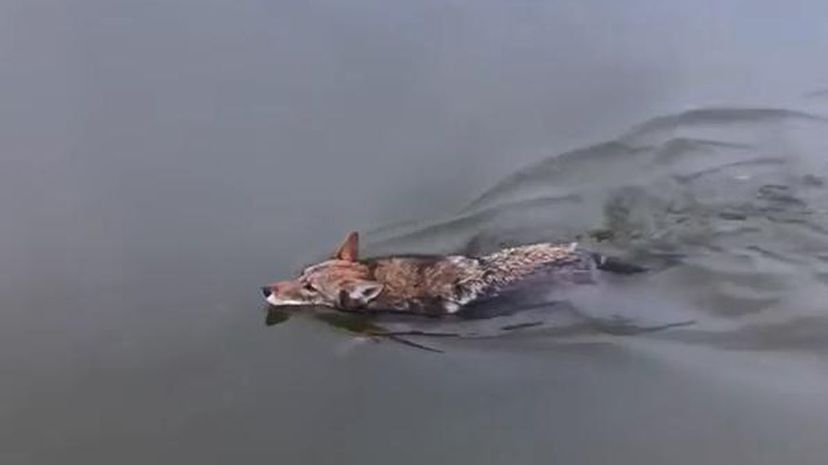
Advertisement
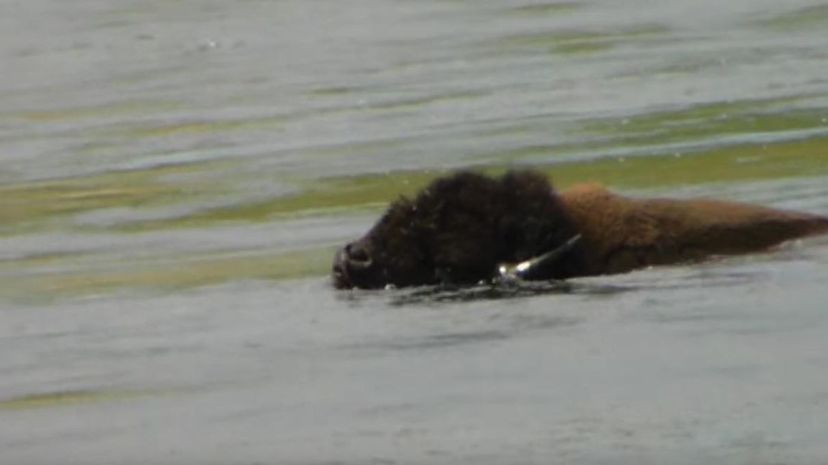
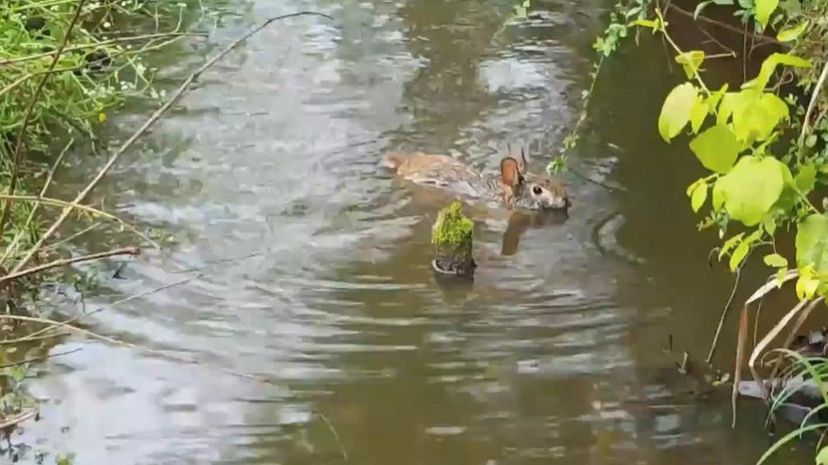
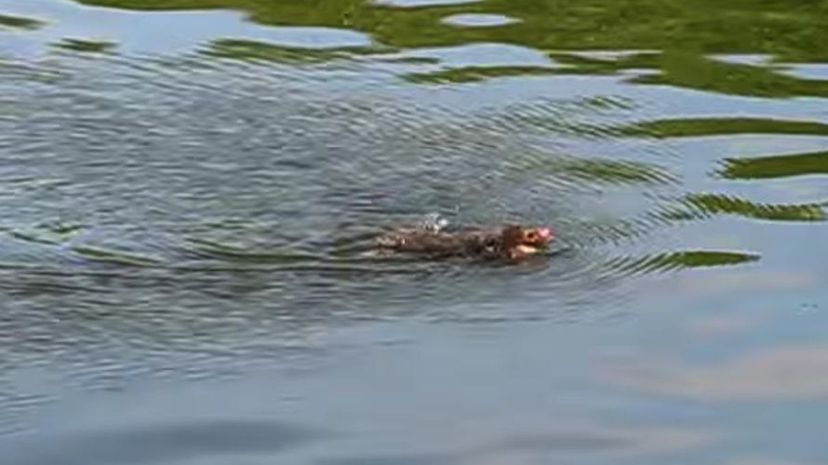
Advertisement
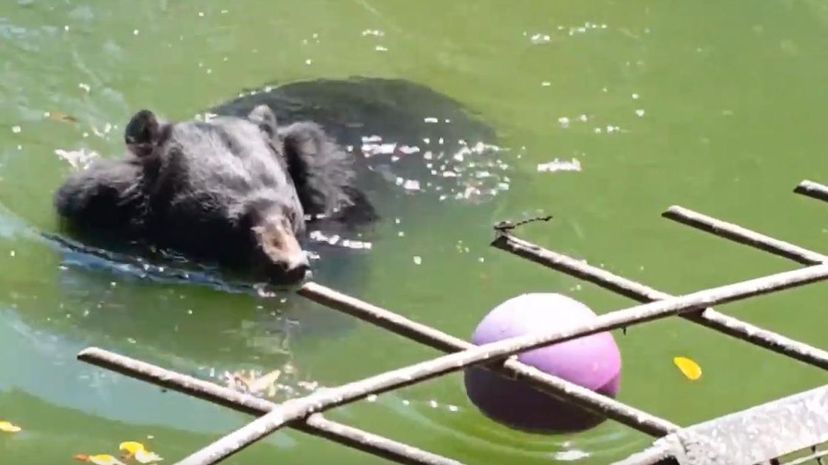
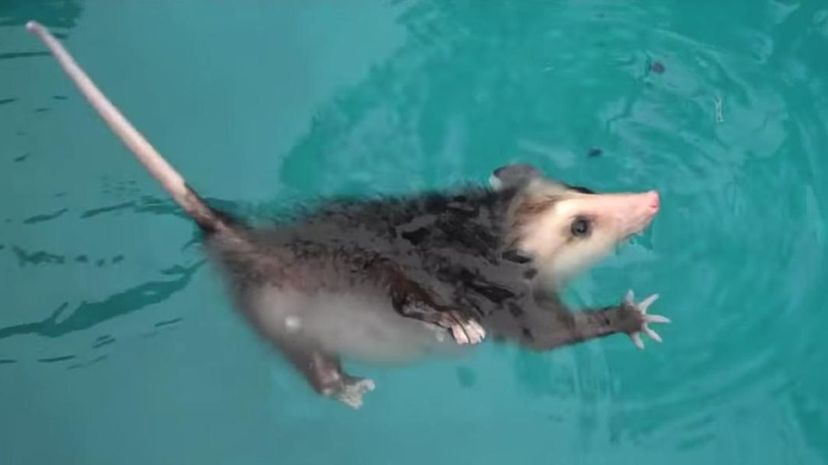

Advertisement
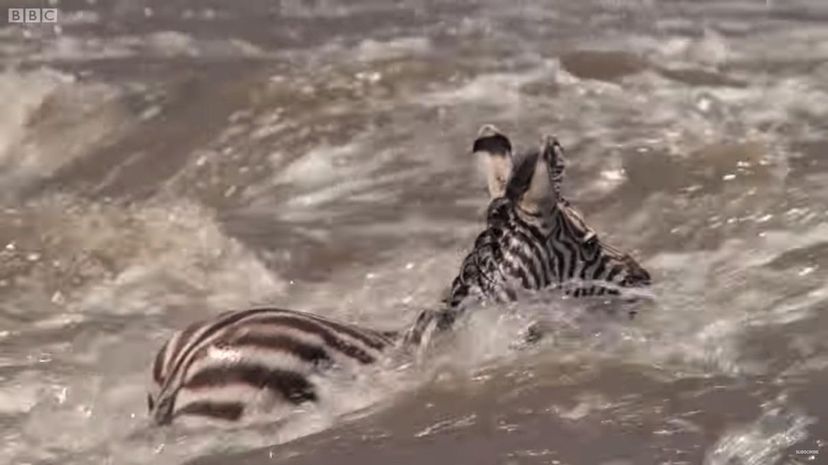
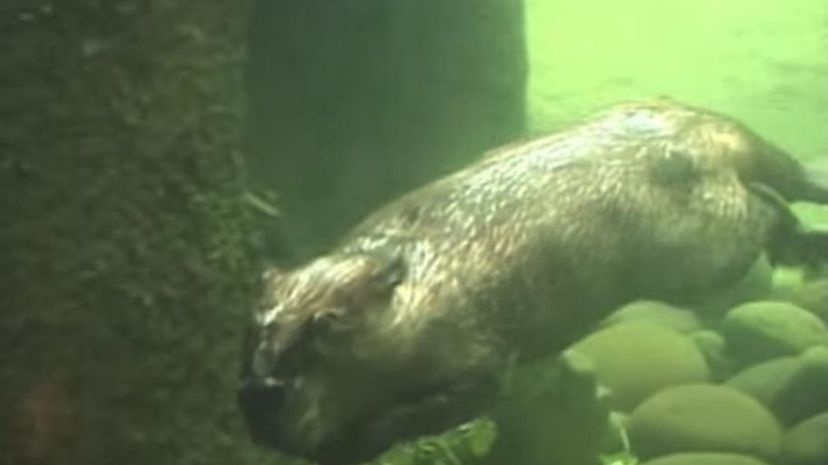
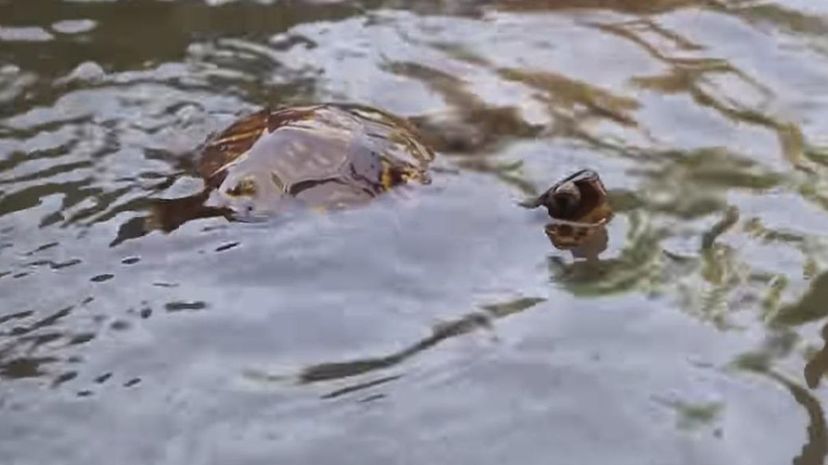
Advertisement
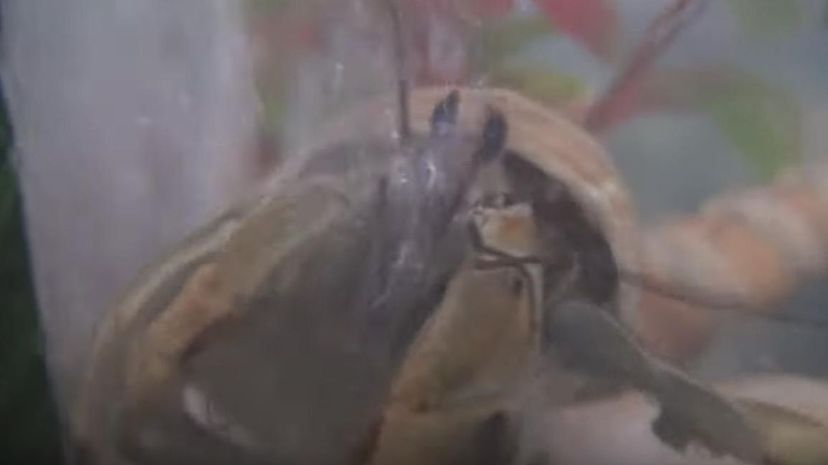
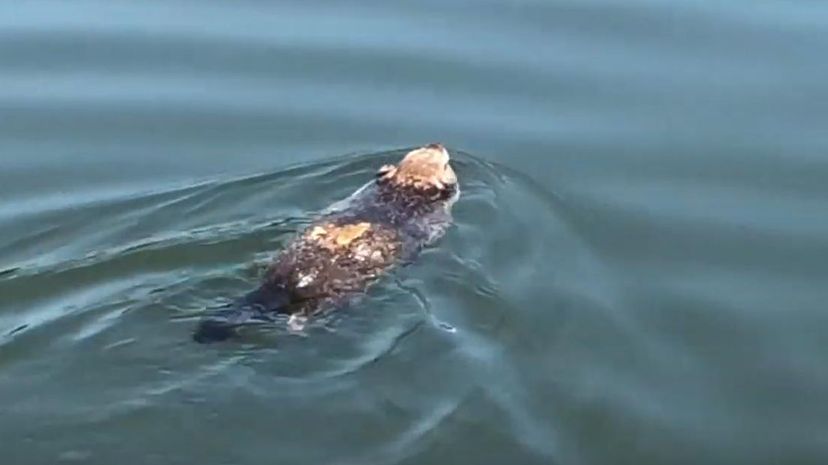
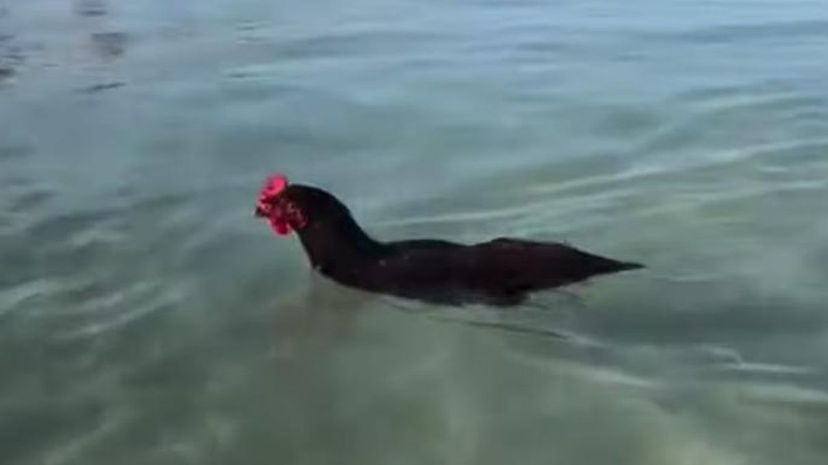
Advertisement



Advertisement
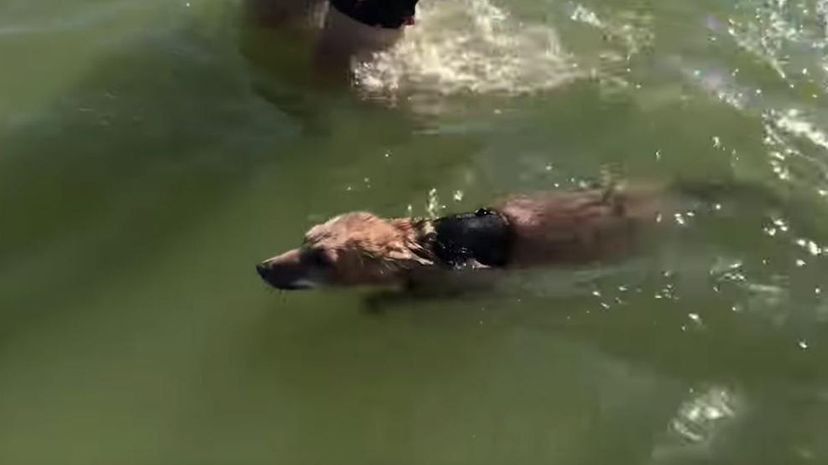

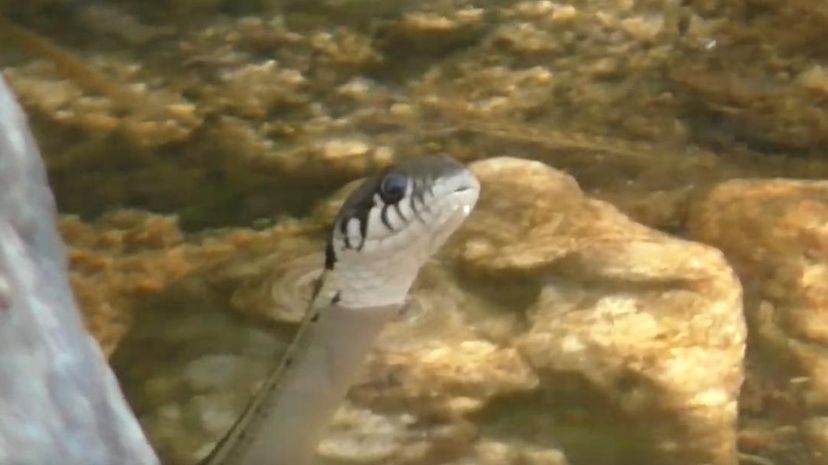
Advertisement
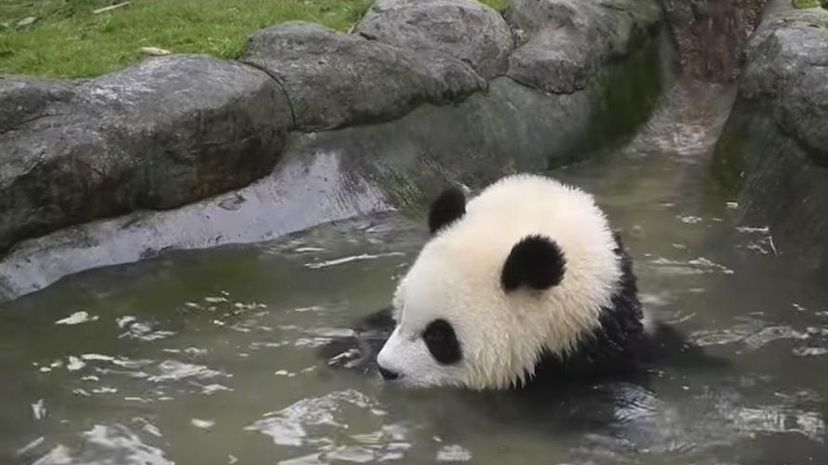
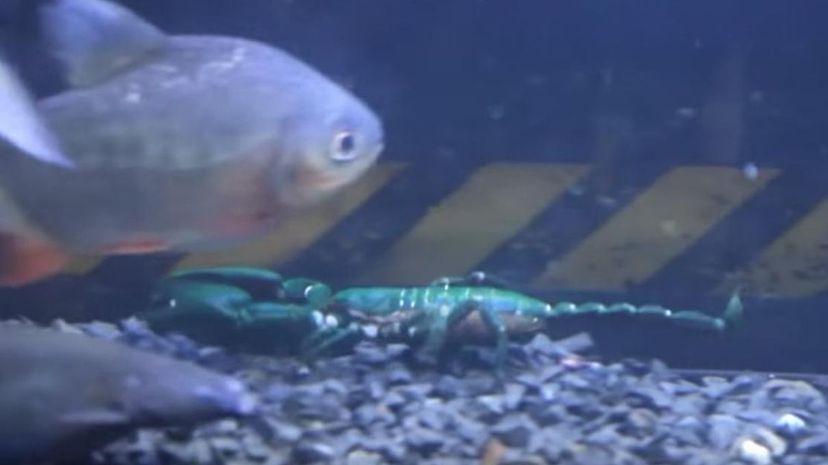
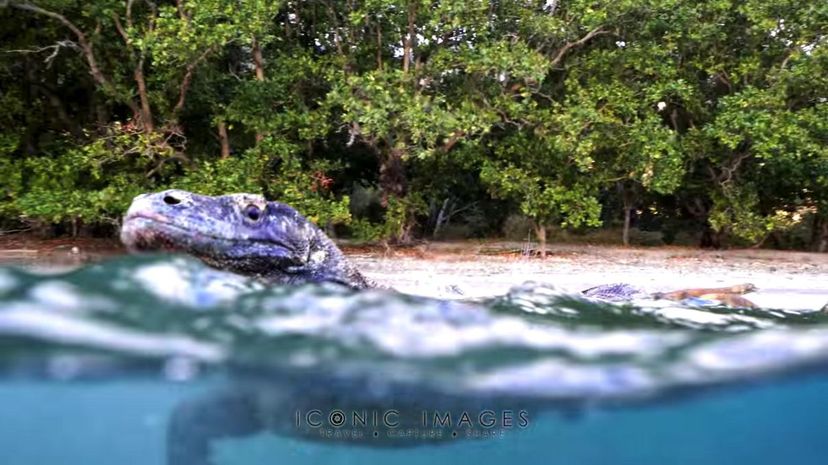
Advertisement
